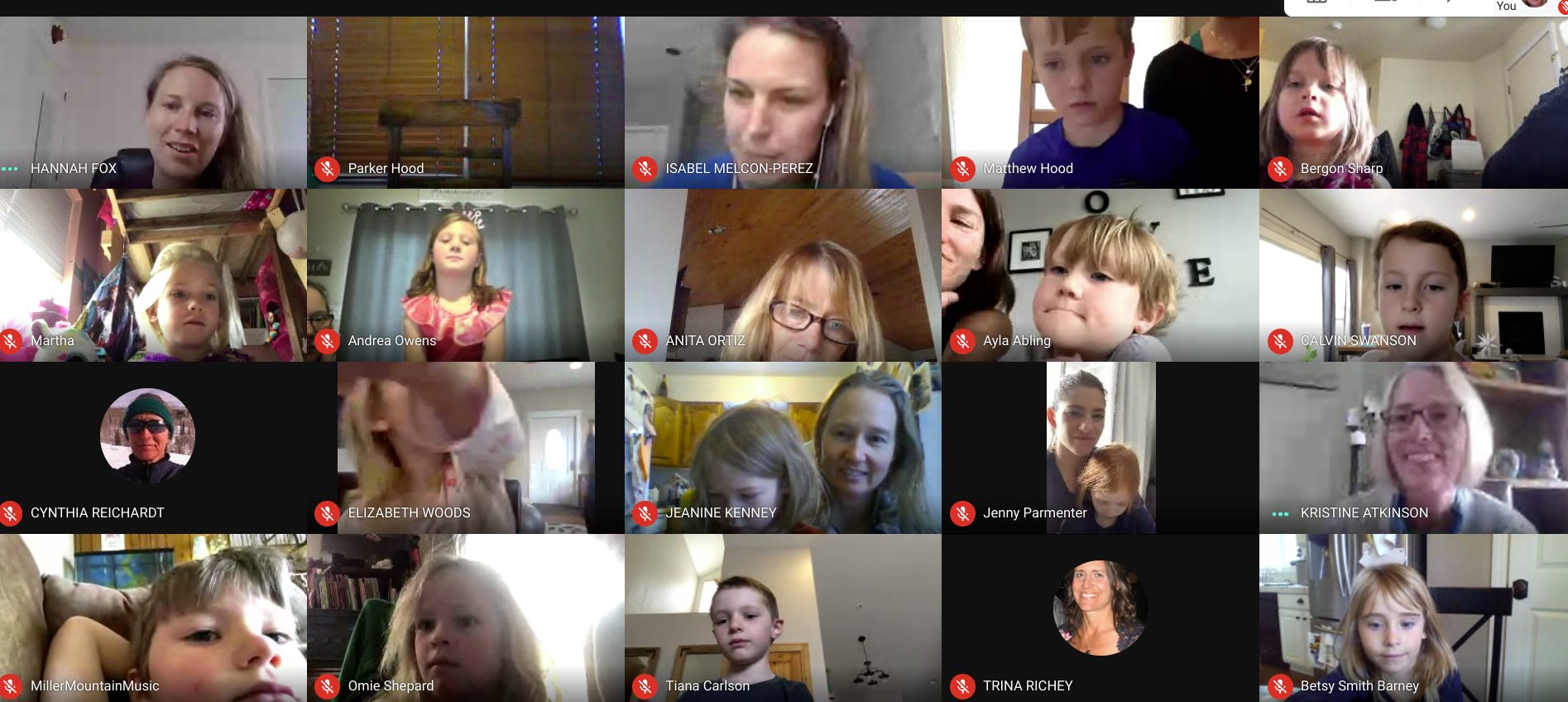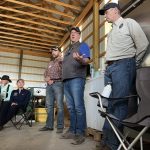Reduced CMAS testing gives Eagle County Schools ’more time for learning’
District will use the results of standardized tests as just one data point to assess learning loss

Earlier this year, Colorado education officials sought a waiver from the federal government to reduce the number of Colorado Measures of Academic Success tests administered this year. The bill was approved by the Colorado General Assembly and signed by Gov. Jared Polis on March 16. The federal waiver was approved March 26.
Unlike last year, when CMAS testing was eliminated due to COVID-19 restrictions, the federal waiver simply scales back which tests will be administered. Students in grades three, five and seven will take the language arts exam; grades four, six and eight will take the math exam; and only eighth graders will take the science exam. No students will take the social studies exam. In addition, ninth and 10th grade students will take the PSAT and eleventh graders will take the SAT.
Parents are able to opt their children out of the exams as well as have their children take both math and literacy. Interested parents can make the requests to the school of attendance.
The Eagle County School District will begin administering the reduced CMAS tests this week. The tests are being administered in person at schools for all students, including those currently enrolled in full-time remote learning.
More time to learn
According to Superintendent Philip Qualman, one benefit to reducing tests is in gaining back time lost with students,” he said. “We’re happy to have more [time with the kids] as a result of the testing being reduced.”

Support Local Journalism

In a typical school year, teachers refer to the time from January until the end of April as testing season, said Karen Kolibaba, a fifth grade teacher at Gypsum Elementary and president of the Eagle County Education Association. She said that in a normal year she would be administering nine tests this week — three that are 90 minutes long, three that are 80 minutes and three that are 65 minutes. And this is not accounting for students that require extended time.
Measuring learning loss
One of the primary functions of the standardized tests in a regular school year is to comparatively rate Colorado’s schools and districts by results. This year, the state says the results will primarily be used to identify areas of learning loss due to the pandemic. However, with the reduction in testing it’s up for debate as to whether the results will paint a full picture of what districts, schools, teachers and students lost during this pandemic school year. Not only that, but because there was no CMAS testing last year, comparing results could prove unreliable.
“It’s not going to give us any information about learning loss,” Kolibaba said. “It might give the state legislature information, but it’s not going to help with curricular decisions though, because those are being made now while we’re still giving the tests.”
Because of these inconsistencies, the test results are just one way that the district will try to measure learning loss.
“It’s one metric and we will take as much data as we can get to monitor student growth and achievement, but it’s not the end-all be-all,” Qualman said. “We just look at standardized testing as part of the business. We’re happy to have our kids take it, we’re happy to have the data, but we’re also going to supplement it with our own data.”
One main metric Eagle County Schools will use to measure learning loss is by administering tests at the beginning, middle and end of the school year. These assessments — which use NEWA and STAR testing approaches— have been administered as usual this year.
According to Qualman, these results are more easily controlled locally and produce much faster results than CMAS. Kolibaba said that the NWEA results are often computed in 24 hours and come with strategies to help close any gaps in instruction.
“These standardized tests don’t give us results until they’re in the next grade and so none of what I’m doing with my students this week [during CMAS testing] will help me instruct them better,” Kolibaba said. “My personal feeling is that our CMAS testing in general, it’s always pointed out inequities in our systems, but it doesn’t give us any strategies to address them.”
Playing catch-up
So far, the school district has identified a few patterns of learning loss as a result of the pandemic based on these locally driven assessments, Qualman said. For one, while a summer slump is normal, after two and a half months of remote learning in Spring 2020, the tests identified a much bigger loss of learning over the summer. Another insight is that the schools have more to make up in math than they do in literacy.
But even with some losses, “our growth is on target,” Qualman said.
Even during past, pre-pandemic school years, CMAS results were just one data point used to help schools identify underperforming areas, evaluate performance on grade-level content standards and adjust instructional practices accordingly. With this year’s CMAS results, “teachers will look at them to figure out how they might adjust instruction,” Qualman said. “But we’ll always rely on a broader set of metrics, including our locally driven assessments.”
The CMAS results are expected sometime in the fall.
Following a school year that was nothing but unpredictable, the school district is optimistic that its schools will hit the ground running next year and be able to make up for any learning lost. “As we move into next year, student acquisition of knowledge can start from behind its normal place for a grade level and increase over the duration of the year to catch up,” said Dan Dougherty, the chief marketing officer for the district.
And regardless of the results, teachers will continue to address students’ needs and work to close any gaps in learning. “We’re always going to need to address areas where kids struggle in our valley, we definitely see that,” Kolibaba said. “We’re always going to be closing that achievement gap, or the opportunity gap as I like to call it, because it’s really more in areas where students have more limited opportunities that you see that struggle.”










